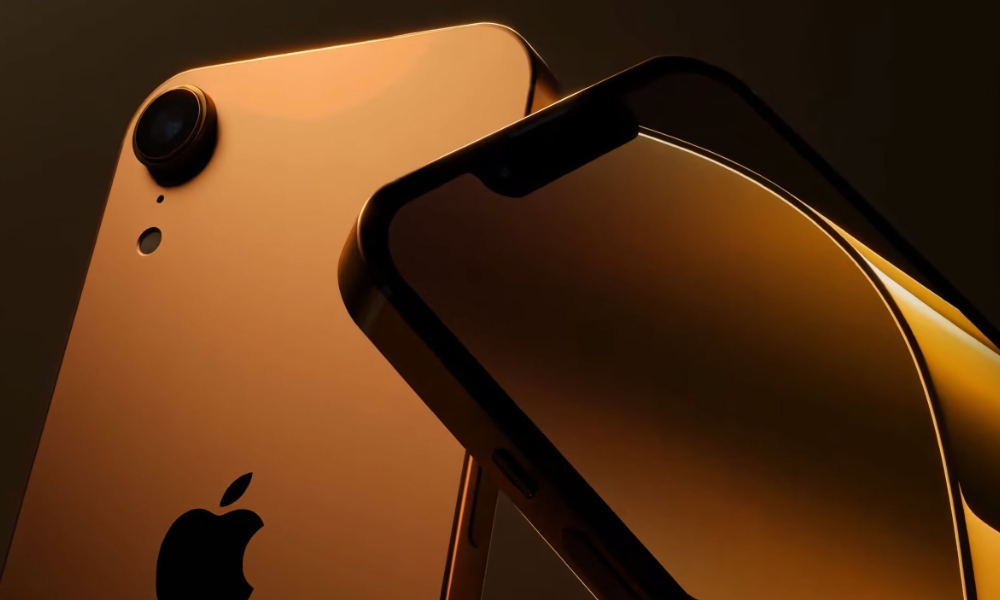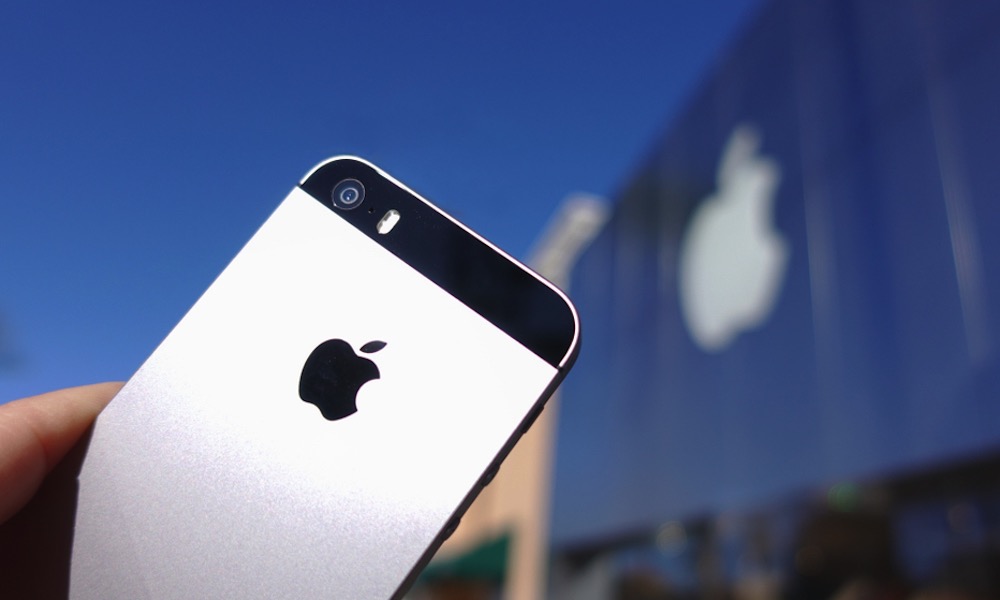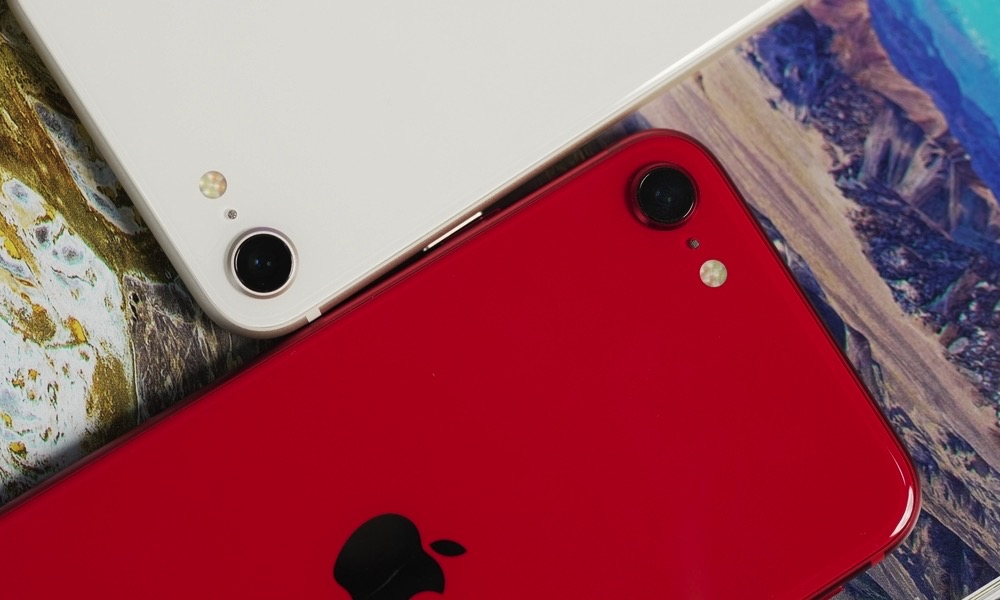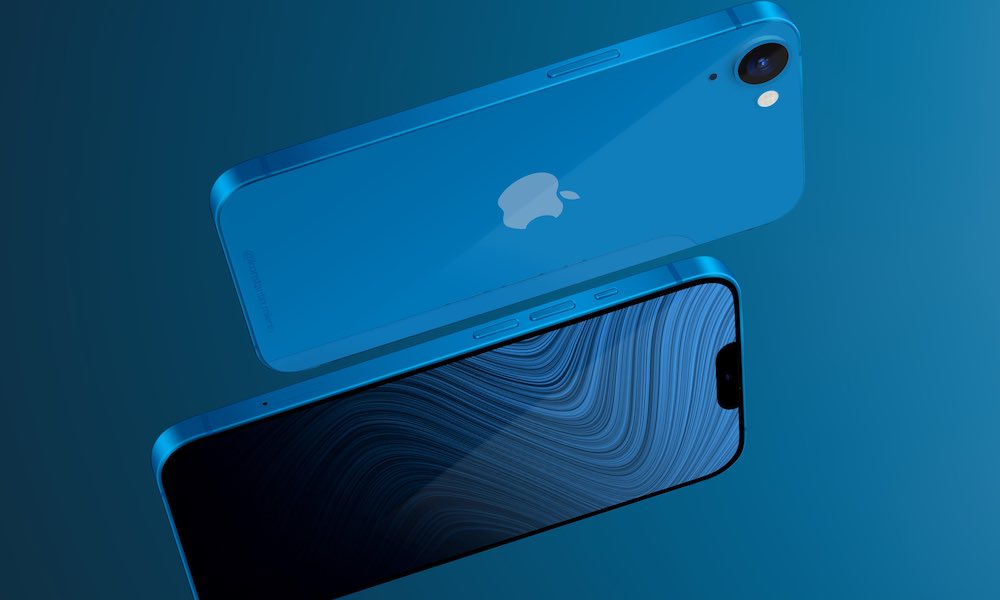New Rumor Confirms an OLED iPhone SE Is Coming — But Not Until 2025
 Credit: Concept Central
Credit: Concept Central
Toggle Dark Mode
While you can almost mark your calendar for when Apple will release its flagship iPhone lineup each year, the release cycle for Apple’s budget iPhone SE is another matter. With only three generations released over the past seven years, it’s hard to predict with any certainty when the next one will arrive — or whether there will ever be another iPhone SE at all.
The saga of the iPhone SE over the past year has been a rollercoaster ride — an on-again/off-again cycle of analysts trying to read the tea leaves from Apple’s suppliers to figure out exactly what the company is up to.
After a late 2022 report that Apple had delayed or canceled a new iPhone SE, analyst Ming-Chi Kuo reported in February that the next-generation iPhone SE 4 was back on track for a 2024 release. Several other analysts confirmed this in April, suggesting the new budget iPhone could be a proving ground for Apple’s first 5G modem chip — a move that would make a lot of sense considering how complicated it is to develop such chips.
However, some of those analysts also suggested that a 2024 estimate was optimistic and that we likely wouldn’t see the next iPhone SE until at least 2025, which matches the original estimate for when Apple’s 5G modem chip will be ready.
Now, a new report from Korea’s The Elec (Google Translate) confirms the 2025 timeline with a different reason for the possible delay: production issues with OLED panels for the new iPhone SE.
The Complicated History of the iPhone SE
The original iPhone SE arrived in March 2016, shaking things up with a return to a smaller four-inch iPhone design that had seemingly been abandoned when Apple debuted the larger iPhone 6 in September 2014. That first iPhone SE was basically a souped-up doppelgänger for the 2013-era iPhone 5s, which was discontinued the very same day its spiritual successor arrived.
Despite what seemed like high hopes for a similarly pocketable successor over the next few years, Apple once again changed things up in early 2020 with a second-generation iPhone SE that repeated the history of its predecessor, taking a 2.5-year-old iPhone design — the iPhone 8 in this case — and rounding it out with the then-current A13 chip. While that seemingly dashed the hope of a smaller iPhone, Apple followed that up with the iPhone 12 mini later the same year — a device with flagship specs that ultimately failed to impress, proving that the market had moved on and plus-sized phones had become the new normal.
It also became clear that the iPhone SE was about cheaper, not necessarily smaller. Taking an established design and adding a new processor allowed Apple to market a sub-$500 iPhone with cutting-edge performance.
While two releases are hardly enough to define a trend, it did lead many to believe that Apple was setting up a four-year cycle for its budget iPhone model. That would have put 2024 as the year for the next iPhone SE release, which, if Apple followed the same playbook, would take on the design of a late 2021 iPhone and add whatever process would be most current.
However, Apple threw us a curveball last year with a third-generation iPhone SE. Clearly stemming from a desire to bring 5G capabilities to its entire lineup, the 2022 iPhone SE added 5G support (sans faster mmWave capabilities) and the iPhone 13’s A15 Bionic chip but was otherwise unchanged — and visually indistinguishable from its predecessor.
Most considered the 2022 iPhone SE a stopgap device released or the sole purpose of adding 5G support, and reports that Apple was still working on a so-called “iPhone SE 4” for a 2024 release seemed to back that notion up.
Sadly, this was followed by reports suggesting the new iPhone SE was a dud and Apple was slashing production. However, when the dust settled, we discovered that the companies actually making the iPhone SE had heard nothing about cutbacks.
Although sales of the 2022 iPhone SE were weaker than those of its predecessor, it’s likely that came as no surprise to Apple. Adding 5G and a new chip to a two-year-old iPhone isn’t all that exciting, and while 5G is a selling point for those looking at Apple’s flagship iPhone lineup, most folks in the market for a wallet-friendly iPhone couldn’t care less.
Meanwhile, if the reports are accurate, the fourth-generation iPhone SE will potentially be much more exciting. Apple has been expected to adopt an OLED screen on that model for some time, and this report of OLED panel availability causing production delays seemingly confirms that.
Along the same lines, the new iPhone SE should eliminate the home button once and for all by moving to an edge-to-edge screen, and will very likely unify Apple’s iPhone design language across all models, moving to a squared-edge design and a side-button Touch ID sensor just like Apple has now done with its entire iPad lineup.
Since it’s very doubtful the iPhone SE will get a TrueDepth camera, it should also feature a notchless design, with nothing more than a hole punch for the front-facing camera — assuming it doesn’t tuck it into the bezel instead.
However, the real problem is that the iPhone SE has never seemed like a number one priority for Apple. If it truly plans to use the low-cost iPhone as a testbed for its new 5G modem, that could push things forward a bit faster, making a 2025 release likely, but it also wouldn’t be surprising to see it pushed back further if the company needs to shift production and components elsewhere.
[The information provided in this article has NOT been confirmed by Apple and may be speculation. Provided details may not be factual. Take all rumors, tech or otherwise, with a grain of salt.]










